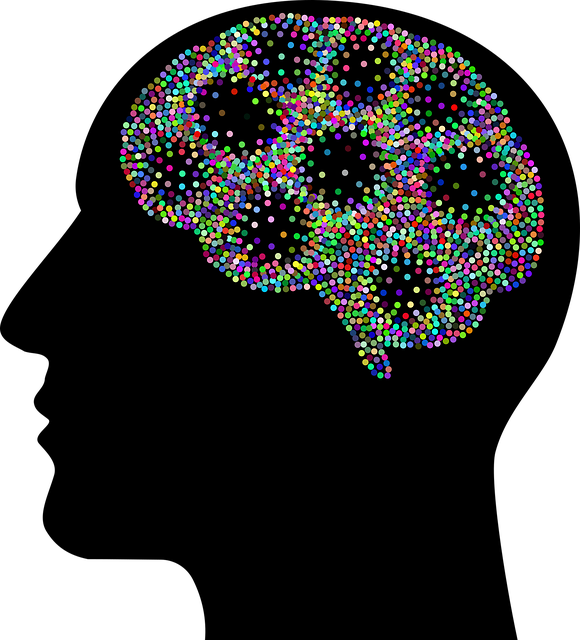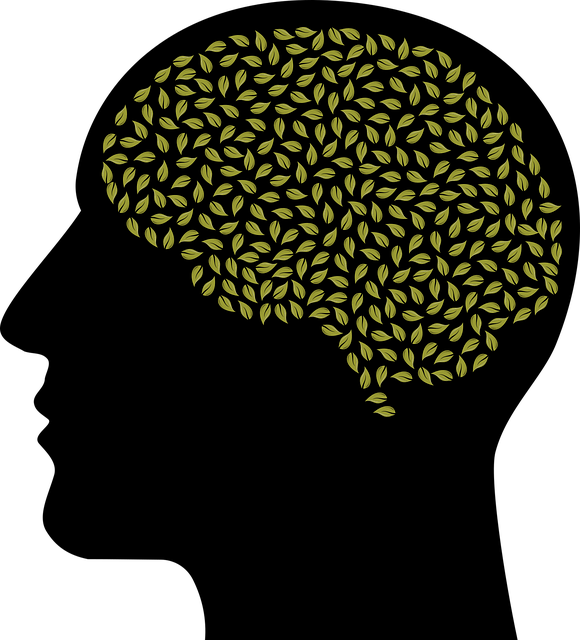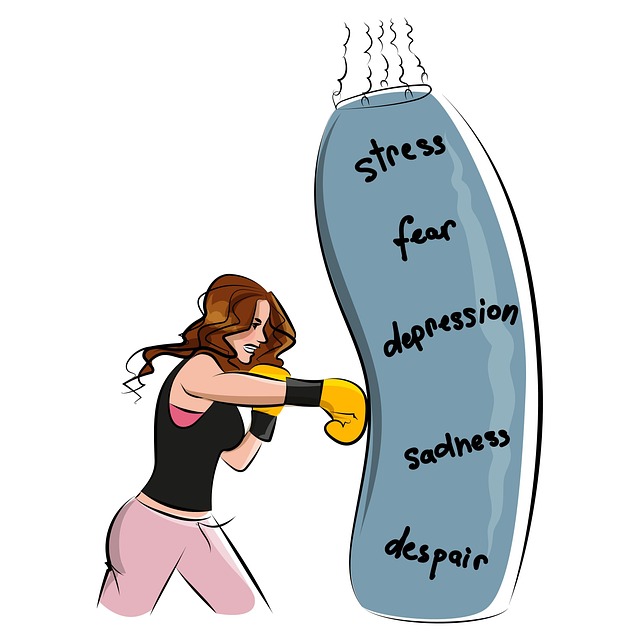Mental wellness programs, including Broomfield Anger Management Therapy (BAMT), employ diverse strategies for emotional well-being improvement. Effective evaluation is crucial, with tailored methods like surveys, interviews, and incident reports measuring specific program aspects. BAMT focuses on anger management, empowering individuals to regulate emotions through coping mechanisms and cultural competency training. Quantitative assessment tools capture data on symptoms and improvements, while qualitative feedback from participants and providers refines the program. Integrating feedback loops ensures continuous improvement in BAMT, contributing to mental illness stigma reduction by fostering open dialogue and supportive communities.
Mental wellness programs have become increasingly vital, with various approaches emerging to address growing mental health concerns. Evaluating these programs is crucial for understanding their effectiveness and making informed improvements. This article delves into essential evaluation methods, exploring both quantitative and qualitative techniques. From the intricacies of Broomfield Anger Management Therapy to the power of qualitative feedback, each section guides us through a comprehensive strategy to enhance mental wellness initiatives.
- Understanding Mental Wellness Programs and Their Evaluation
- The Role of Broomfield Anger Management Therapy in Program Effectiveness
- Quantitative Assessment Methods for Mental Health Interventions
- Qualitative Feedback and Its Impact on Program Improvement
- Integrating Feedback Loops for Continuous Enhancement in Mental Wellness Programs
Understanding Mental Wellness Programs and Their Evaluation

Mental wellness programs are designed to enhance individuals’ emotional and psychological well-being, offering various interventions tailored to specific needs. These programs can range from individual therapy sessions to group support meetings, mindfulness workshops, or even specialized treatments like Broomfield Anger Management Therapy. Evaluating these initiatives is vital to ensure their effectiveness and make informed improvements. It involves systematic processes to measure changes in participants’ mental health status, treatment engagement, and overall program impact.
Understanding the unique aspects of each program is key to selecting appropriate evaluation methods. For instance, evaluating a program focused on inner strength development might involve assessing participants’ self-efficacy and resilience through surveys or interviews. In contrast, a risk management planning for mental health professionals program could be assessed by analyzing incident reports and provider feedback to gauge its success in mitigating risks within clinical settings. Additionally, conflict resolution techniques can be evaluated through role-playing scenarios and post-training feedback to measure improvements in communication and dispute settlement skills.
The Role of Broomfield Anger Management Therapy in Program Effectiveness

Broomfield Anger Management Therapy (BAMT) plays a pivotal role in evaluating and enhancing mental wellness programs. This evidence-based approach is designed to help individuals manage and reduce anger, a common yet detrimental emotion when left unaddressed. By focusing on understanding and regulating anger, BAMT contributes significantly to the overall effectiveness of mental health initiatives. Through various techniques, it empowers participants to identify triggers, develop healthy coping strategies, and improve their emotional intelligence.
The integration of BAMT into mental wellness programs has shown promising results in fostering better self-care routine development for better mental health. It also underscores the importance of healthcare provider cultural competency training, ensuring that support is tailored to meet diverse individual needs. This holistic approach not only addresses stress management but also promotes a more inclusive and effective environment, ultimately enhancing program outcomes.
Quantitative Assessment Methods for Mental Health Interventions

Quantitative assessment methods play a pivotal role in evaluating mental health interventions, offering structured and measurable ways to gauge their effectiveness. One such method, frequently used in programs like Broomfield Anger Management Therapy, involves administering standardized questionnaires and surveys before and after treatment. These tools capture data on various aspects of mental wellness, including symptoms of anger, anxiety, or depression, as well as emotional well-being promotion techniques employed during therapy. By comparing these pre-post scores, therapists can quantify improvements and identify specific areas where participants may need further support.
Additionally, quantitative methods allow for the comparison of outcomes across different groups, enabling researchers to study the impact of various self-awareness exercises and interventions on mental wellness. This data-driven approach facilitates evidence-based practice, ensuring that Emotional Well-being Promotion Techniques are tailored to meet the unique needs of individuals or communities, ultimately enhancing overall Mental Wellness.
Qualitative Feedback and Its Impact on Program Improvement

Qualitative feedback is a powerful tool for evaluating mental wellness programs, particularly in the context of Broomfield Anger Management Therapy. This approach allows participants and healthcare providers to share their experiences, insights, and suggestions through open-ended discussions or structured interviews. By collecting such feedback, therapists can gain profound insights into the program’s effectiveness from the user’s perspective. It enables them to identify areas that resonate positively with participants, as well as aspects that need improvement.
The impact of qualitative data on program enhancement is significant. It facilitates the development and refinement of Mental Wellness Coaching Programs by incorporating strategies that promote emotional well-being. For instance, therapists might uncover specific techniques used during sessions that help individuals manage anger more effectively, leading to improved outcomes. Additionally, this feedback can enhance healthcare provider cultural competency training, ensuring services are tailored to meet diverse needs, ultimately enriching the overall therapeutic experience.
Integrating Feedback Loops for Continuous Enhancement in Mental Wellness Programs

In the realm of mental wellness programs, such as those offered by Broomfield Anger Management Therapy, integrating feedback loops is a game-changer. This involves actively soliciting and incorporating participant feedback to foster continuous enhancement. By collecting insights through various methods—including post-program evaluations, focus groups, and ongoing check-ins—the program can identify areas of success and pinpoint aspects that require improvement. This dynamic approach ensures that the mental wellness initiative remains relevant and effective in addressing evolving needs, particularly in the context of emotional regulation.
Moreover, feedback loops play a pivotal role in Mental Illness Stigma Reduction Efforts. By encouraging open dialogue through Communication Strategies, participants can share their experiences and perspectives, leading to a more inclusive and supportive environment. This not only enhances the program’s effectiveness but also contributes to broader community efforts to combat the stigma surrounding mental illness. Such proactive measures are essential for fostering a vibrant tapestry of mental wellness support that resonates with folks from diverse backgrounds.
Mental wellness programs, including those utilizing methods like Broomfield Anger Management Therapy, significantly benefit from a multifaceted evaluation approach. Combining quantitative assessments with qualitative feedback allows for a comprehensive understanding of program effectiveness. Integrating these insights into continuous improvement loops ensures that mental health interventions remain dynamic and tailored to the evolving needs of participants. By adopting such strategies, programs can enhance their impact, fostering better mental wellness outcomes for all.










